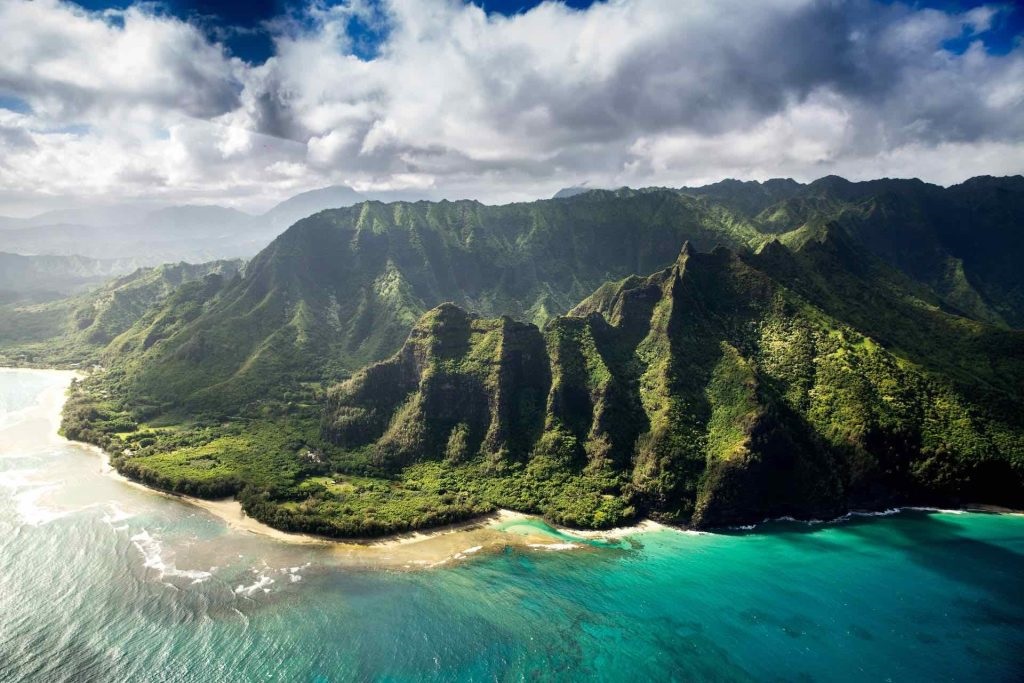Hawaii is considering introducing a tourism “green fee” for people visiting key landmarks and locations to safeguard the state’s natural beauties—and the proposal is getting strong local support.
Last year, Hawaii Gov. Josh Green campaigned on creating a “climate impact fee” of about $50 per tourist as they enter Hawaii.
The original proposal was broader and would have applied to all tourists, not only those visiting key tourist attractions and locations. However, backlash from the tourism industry and lawmakers forced the administration to make modifications.
The new proposed legislation would require travelers 16 and older to buy a one-year “environmental license” to visit Hawaii’s recreational sites for $50. The money would be used to “deal with impacts of climate change” and “mitigate the impact of the visitors” on the main attractions.
With no doubt, the legislation will be among the top environmental proposals of Hawaii’s new legislative session which opened last Wednesday. Proponents hope to push the tourist fee bill through the House and Senate and onto Hawaii Gov. Josh Green’s desk.
1. Who supports the bill?
The proposed bill is strongly supported by the Hawaii Green Fee coalition, which includes several groups. Its mission is to “build visitor stewardship, conserve our cultural & natural resources, and invest in our ‘āina with a visitor green fee.” Most of its funds (about $30,000 to $40,000 for up to 10 months of work) come from the nonprofit organization The Nature Conservancy.
The Hawaii Green Fee coalition and other supporters of the proposed bill are somewhat optimistic about their chances in 2023.
Indeed, as the new legislation kicked off last week, both House and Senate leaders showed their support for the visitors fee.
During his opening speech last Wednesday, Hawaii Senate President Ron Kouchi pointed out that all visitors should pay to offset their impact on the natural resources.
Our residents have been clear. Visitors should be paying for their impact on our natural resources. […] When they are a guest in our house, they should treat our home like they would hope we treat their home when we visit.
Hawaii Senate President Ron Kouchi
Kouchi also suggested expanding the tourist sites across the state with visitors fees (either parking, entrance, or reservation fee). According to Kouchi, fees like these in heavily trafficked destinations could generate between $20 million and $40 million a year.
2. Will the fee affect the tourism sector?
What is also highly discussed is how Hawaii’s tourism industry would react to the introduction of the green fee bills.
Last year, the Hawaii Tourism Authority testified in support of allowing the Department of Land and Natural Resources to use visitor impact fees to better manage state-owned natural resources.
Preserving and protecting these important resources while also investing to enhance them will ultimately result in a better experience for visitors and residents.
John De Fries, Hawaii Tourism Authority President and CEO
According to Carissa Cabrera, project manager with the Hawaii Green Fee coalition, and Jack Kittinger, an Oahu-based vice president at Conservation International, the green fee should be overseen by a commission of public- and private-sector representatives, including the tourism industry.
3. How will the fee be collected?
Kouchi said it won’t be possible to collect the green fee at the airport due to specific federal facilities rules. One option is to have tourists pay the fee online or through an app, said Kittinger.
Kouchi also pointed out that enforcing the fee passport requirements would be a challenge. Officials are concerned that visitors will circumvent the law and visit the top destinations without a license.













